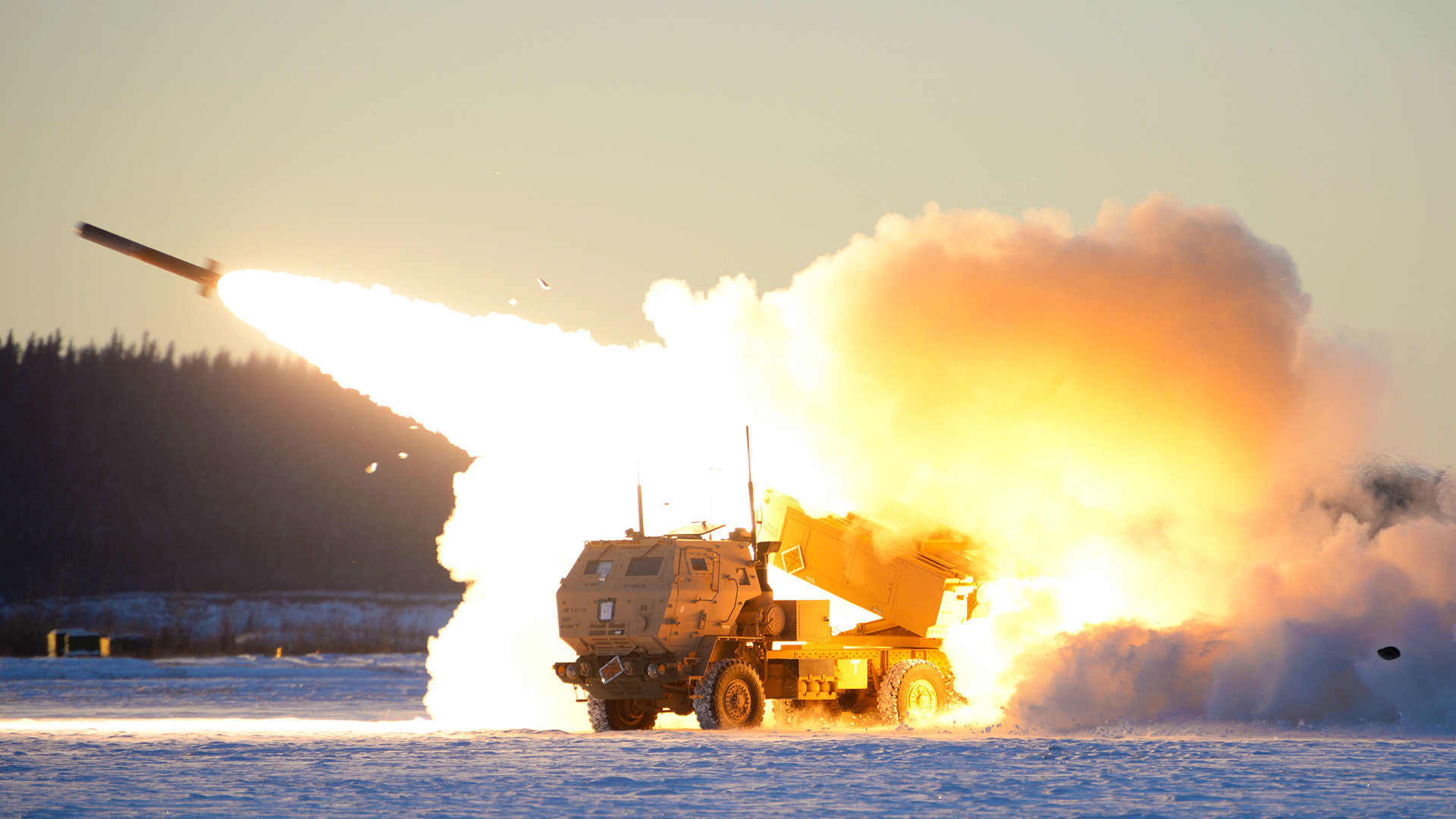

The U.S. Army’s Pacific Command is leaving a series of forward rocket installations up in Japan for an indefinite period. The reason? Partly for ease, partly for geopolitical strategy in the East China Sea.
The ordnance and other military equipment were set up on the Amami Islands in southern Japan for the Orient Shield joint-training exercise that wrapped on Sept. 3, and it looks like they will remain there for several months, according to statements made by Army Pacific Command head Gen. Charles Flynn. The decision was first reported by Reuters.
“Some of the equipment we are just going to leave here,” Flynn told Retuers.
Exactly how long is unclear, but it will be for at least several months. There are two more joint training operations between Japan and the United States on the books for 2022 after Orient Shield. The weapon systems and other equipment are set up on southern Japanese islands, including the Japanese Ground Self-Defense Force’s base on Amami Oshima. With that schedule, the hope seems to be that it will be easier and cheaper to simply leave the systems where they are rather than remove and redeploy them several more times in the coming months.
“It’s an opportunity for us to keep capabilities forward,” Flynn said last week.
The systems include a pair of High Mobility Artillery Rocket Systems, also known as HIMARS. Several HIMARS have been sent to Ukraine, where they’ve had a devastating impact against invading Russian forces, so much so that Russia is using up munitions trying to target them.
Subscribe to Task & Purpose Today. Get the latest military news, entertainment, and gear in your inbox daily.
The other reason for the decision is China. Although Flynn did not outright state that specifically with the ordnance, Orient Shield, an annual training exercise between the U.S. Army and Japanese Ground Self-Defense Forces, is one of several recent training exercises such as Rim of the Pacific and Garuda Shield that have been organized to coordinate against a potential Chinese threat. At a press conference on Friday, Sept. 9, Flynn said the exercises serve as “the greatest counterweight that we have” against Chinese aggression. The Amami base is near the southern end of Japan’s territory, the closest to Taiwan.
Tensions between Taiwan and China escalated this summer following Speaker of the House Nancy Pelosi’s visit to the island. China accelerated its own military exercise nearby, firing missiles over Taiwan. Speaking to reporters at the press conference on Friday, Flynn called Beijing’s actions “irresponsible.”
Orient Shield, which has been running in various forms for 37 years, saw multiple Army units work with Japanese Ground Self-Defense Force troops in live-fire operations, including anti-tank and anti-air exercises.
The base at Amami Oshima opened in 2019, part of an effort by Japan to fortify its southern islands around the East China Sea with anti-air missiles and other defenses.
The latest on Task & Purpose
- Inside Norway’s complex plan to save a stranded Air Force Osprey
- The US military needs a lot more artillery shells, rockets, and missiles for the next war
- Army general declares Americans too fat or criminal to fight in rebuke of service leaders
- This video perfectly demonstrates why ‘backblast area clear’ matters
- Video shows paratrooper pull their reserve parachute right before impact, narrowly avoiding disaster
Want to write for Task & Purpose? Click here. Or check out the latest stories on our homepage.
